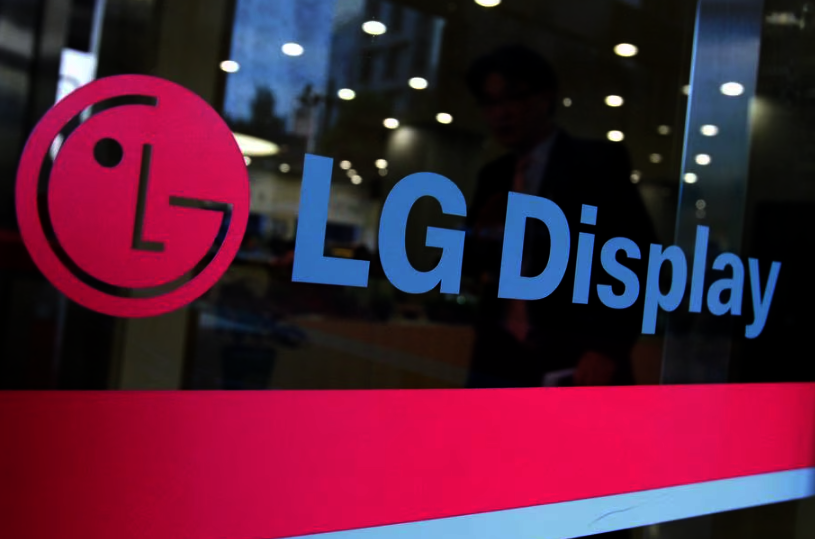After almost two years of negotiations, Samsung Electronics has finally agreed a deal with LG Display to buy stacks of White OLED TV panels. As a result of the agreement, LG Display will supply the company with millions of WOLED panels starting later this year.

The first batch of WOLED panels will be shipped to Samsung as soon as this quarter, a report from Reuters said.
LG Display is the world’s largest supplier of OLED TV panels, and currently sells them to companies including Sony, Panasonic and Philips. However, until now it has never supplied Samsung, which is almost unique among big-name TV brands in that it has largely ignored OLED TV until recently.
Reuters says that while Samsung is expected to take delivery of its first WOLED panels soon, these will likely be used for testing and product development. As such, it could still be some time before Samsung launches its first traditional OLED TV. The most likely launch date is next year, industry insiders believe. At that time, Samsung’s new WOLED TVs could well prove stiff competition for the likes of Sony et al, and even LG Electronics.
A report in FlatPanels HD says Samsung is expected to take delivery of two million WOLED panels by next year, increasing to three million and then five million in subsequent years. So that’s a three-year roadmap totaling 10 million WOLED panels, suggesting that Samsung is betting heavily on traditional OLED displays in the coming years.
Until now, Samsung has never sold a traditional OLED TV, instead pushing its Mini-LED Neo QLED TVs as its flagship products. The company has put out some excellent TVs no doubt, but it’s widely believed that the capabilities of the underlying LCD display technology have reached their limit. In contrast, OLED continues to improve every year, and has outclassed LCD in many ways, even making inroads in terms of brightness, which was previously one of OLED’s major weaknesses. As such, Samsung needs something better.
Of course, most will be aware that Samsung Display has its own take on OLED, called QD-OLED which applies quantum dots and uses a different manufacturing process. Samsung’s first QD-OLED TV, the Samsung S95B, was one of the best TVs money could buy last year and its successor model, the S95C, is expected to be even better. But as good as this alternative technology is, Samsung is limited by a low production capacity at present. QD-OLED TVs are also quite a bit more expensive than regular OLED. Hence, Samsung seems to think it needs to start building TVs based on WOLED to retain its position as the world’s top TV brand.
It’s notable that Samsung Display recently quit manufacturing LCD panels, forcing Samsung Electronics to acquire its TV panels from Chinese manufacturers at higher rates than rival Chinese brands can get them.
Questions remain over what will happen to Samsung’s Neo QLED TV lineup going forward. This year, those models are still classed among its flagship offerings, but it’s likely they will no longer be so once Samsung’s first WOLED models arrive.